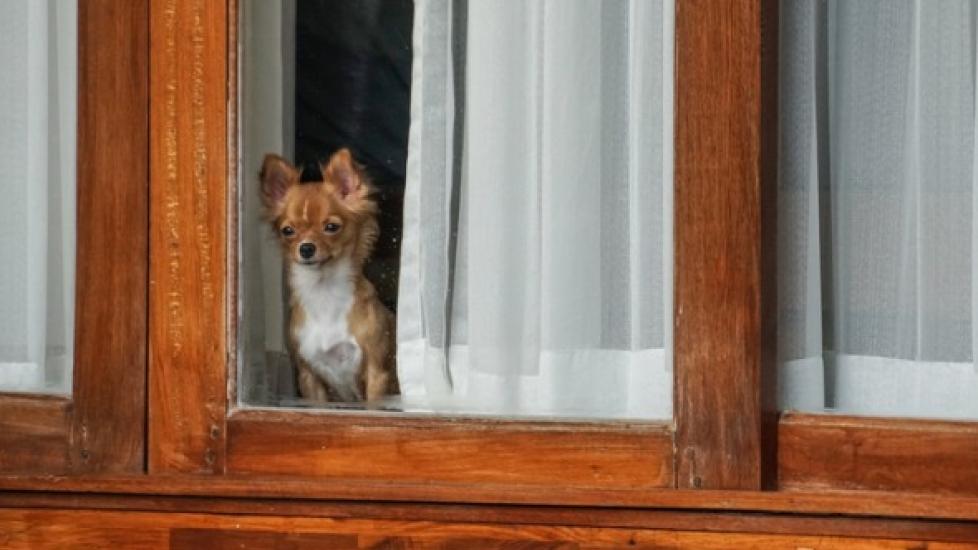Saying goodbye to your beloved pet can be a heart-wrenching experience, but it may also play a crucial role in preventing separation anxiety. Dogs are social animals and form strong bonds with their human companions. They thrive on routine and predictability, so any change or disruption in the daily schedule can be unsettling for them. Here’s how saying goodbye before you leave can help alleviate your dog’s anxieties:
-
Anticipation Management: By taking the time to say goodbye, you allow your dog to anticipate your departure. This prepares them mentally for the transition from active interaction to independent downtime. It helps prevent sudden surprises that could trigger fear or distress.
-
Ritualized Comfort: A consistent goodbye ritual provides comfort to dogs. Whether it’s a quick pat on the head, a few kind words, or even a special song, these signals reassure pets that while they might miss you during your absence, everything will be okay.
-
Emotional Connection: The act of saying goodbye reinforces the emotional bond between you and your furry friend. It tells your dog that despite physical separation, the emotional connection remains intact.
-
Reduced Stress: When you don’t have a clear exit strategy, leaving without warning can lead to heightened stress levels in dogs. A calm, structured farewell allows them to process the information more easily and reduces the likelihood of panic attacks when left alone.
-
Coping Mechanisms: Over time, regular goodbyes can teach dogs coping mechanisms. They learn that although they feel anxious initially, you always return, which instills confidence and resilience.
However, it’s important to remember that saying goodbye is just one part of managing separation anxiety. Other steps include:
- Establishing a reliable routine that includes periods of solitude.
- Positive reinforcement training to reward calm behavior during solo times.
- Providing mental stimulation through interactive toys or puzzles.
- Using calming techniques such as music, pheromone diffusers, or Feliway for pets prone to nervousness.
Remember, every dog is unique, and what works for one pet might not work for another. It’s essential to observe your dog’s reactions closely and adjust strategies accordingly. If separation anxiety persists, consulting with a professional animal behaviorist can provide tailored advice specific to your pet’s needs.
In conclusion, saying goodbye isn’t just about expressing affection; it’s a proactive step towards maintaining your dog’s emotional well-being and reducing separation anxiety. With consistency and care, this simple action can go a long way in ensuring your pet feels secure and loved, no matter where life takes you both.
